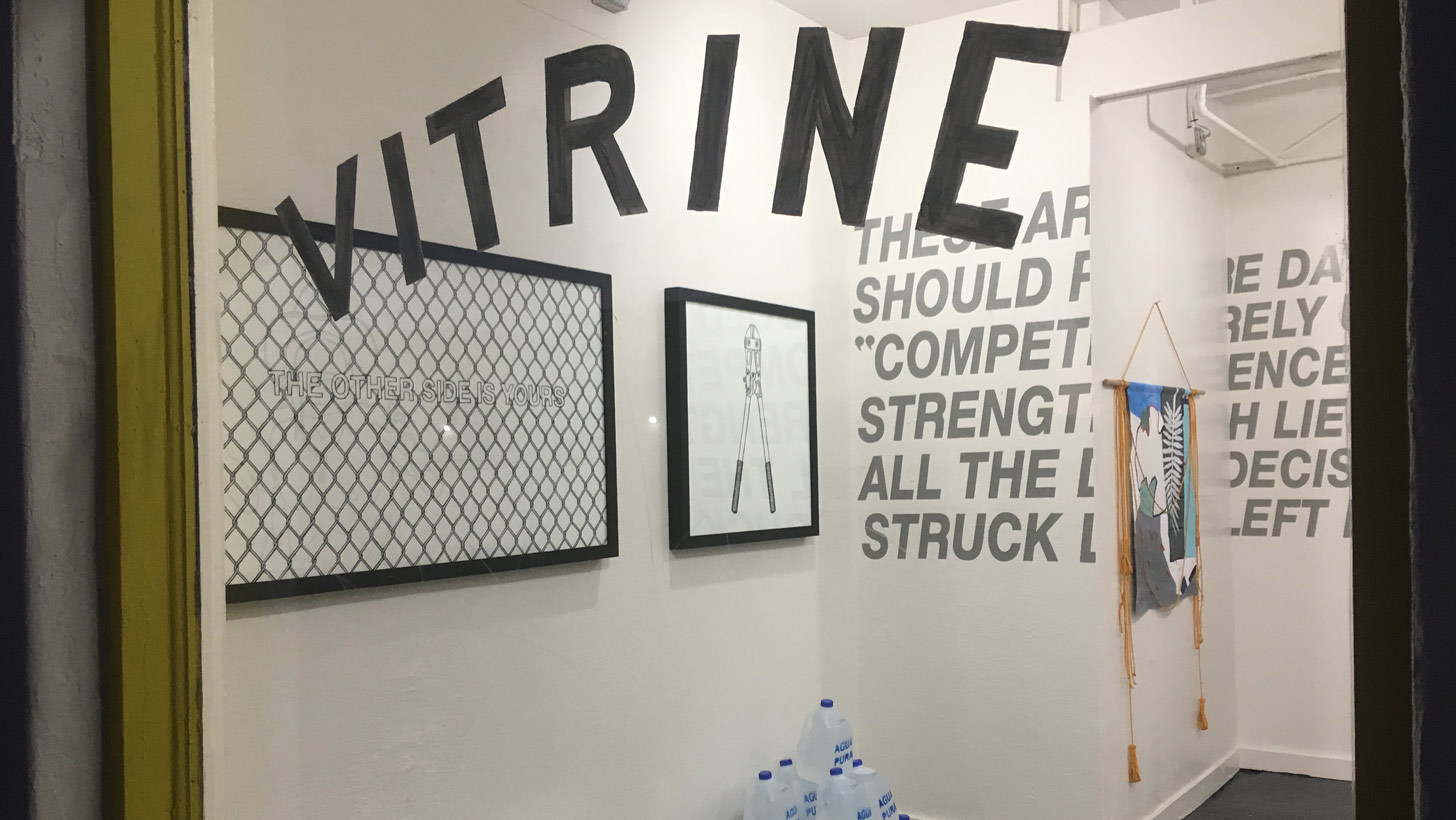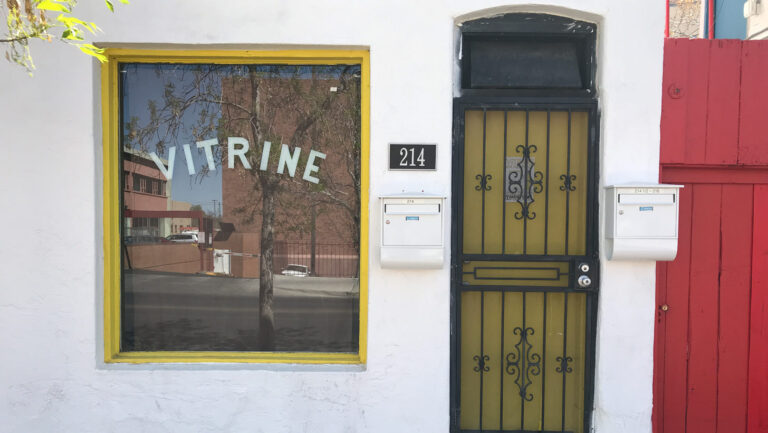Culture Shock: New Gallery On The Block
Vitrine Brings New Conceptual Works To Downtown


Vitrine, a new gallery on Sixth Street, is a small spot with big ideas
Vitrene
Latest Article|September 3, 2020|Free
::Making Grown Men Cry Since 1992


Vitrine, a new gallery on Sixth Street, is a small spot with big ideas
Vitrene


